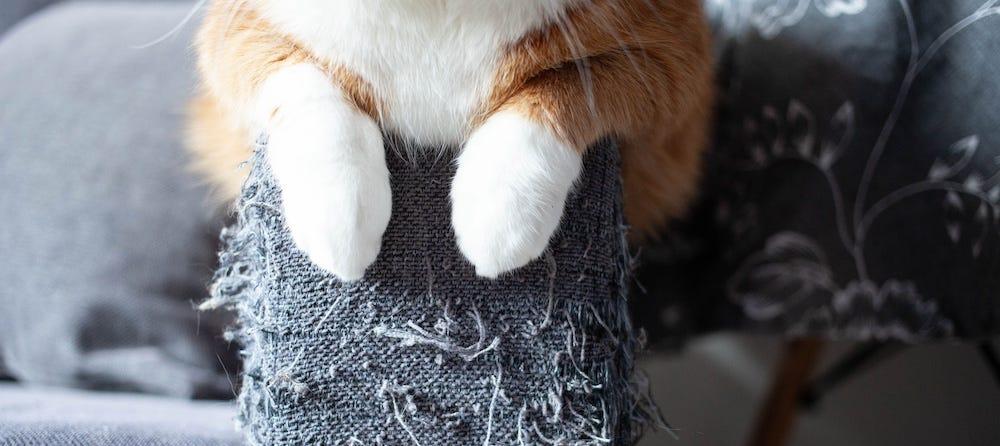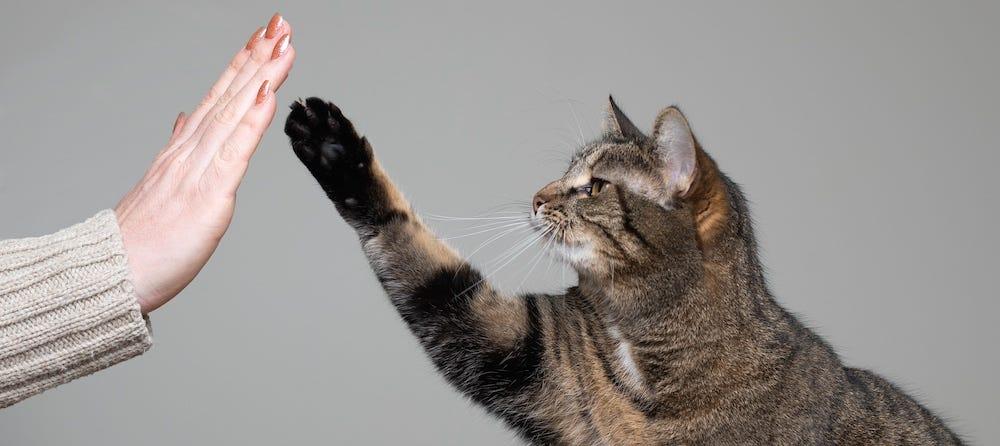If you’re looking for a way to make your new cat or kitten more obedient, then you may want to begin with the most basic trick in the book. Today, with the assistance of Dr. Sophia Yin, an acclaimed veterinarian and animal behaviorist, we offer a few pointers on how to train your cat to sit and more.
The "Polite Sit"
In order to achieve a base level of poise, train your cat or kitten on this elementary behavioral modification. With good technique, you will have a calm and polite kitty that won’t grab or meow while you train.
- Start when your cat is hungry and utilize a portion of its meal or treats.
- Kittens and cats are far more inclined to sit than dogs, so you simply need to wait until they sit and reward them with a morsel of food.
- After a few bites, remove the food far enough away so that they don’t try to snatch up more food.
- Reward them intermittently while they remain sitting.
- In order to avoid rewarding undesirable behavior, remove the food quickly if they raise a paw or meow.
- Practice for several days at a time. The more you practice with your cat the better trained it will be.
- Aim for approximately 100 practice sits per day so you can establish the ‘polite sit’ as a regular habit.
The "Follow/Sit Patiently"
You can then extend the "polite sit" behavior into a more functional habit, wherein your cat or kitten will follow you, then sit and wait patiently for you to move again. This habit is directly related to the behaviors established in the "polite sit."
A long hallway is best to train your cat on the possibilities of the "follow/sit patiently" maneuver. The only thing that really differs from teaching your cat how to sit is that you will walk about 8-10 feet away from your cat, let them walk to you and, only after they sit beside you, reward them with a bit of food or treat.
Repeat this process up and down the hallway roughly as many times as you practiced the "polite sit" and you’ll be in good shape to walk kitty on a leash in no time!
The "Come When Called"
Another practical variation of the basic sit training is to train your cat to come when called. This can be a convenience as well as a safety measure.
- Award a treat for sitting, then walk to the other side of the room.
- At this point, you can assume that she’ll run after you as soon as she's done with the treat.
- Call your cat's name or make a distinct sound just before your cat begins to run over to you. Be sure to wait to make the sound until just before your cat begins to run so that it can associate the sound with a reward.
For example, have your cat sit and award a treat. Calmly walk several paces away while keeping an eye on your cat. Right when you see your cat stand up to begin walking toward you, say her name or make a distinct sound. Slowly, but surely, your cat will begin to associate going to you with a reward and, eventually, with their name or the sound you chose.
Cat training is great way to bond with your furry companion. Remember, don't get frustrated, just be consistent! If you practice these techniques correctly and frequently, you might even be able to call your cat away from things before it gets in trouble. Good luck!




